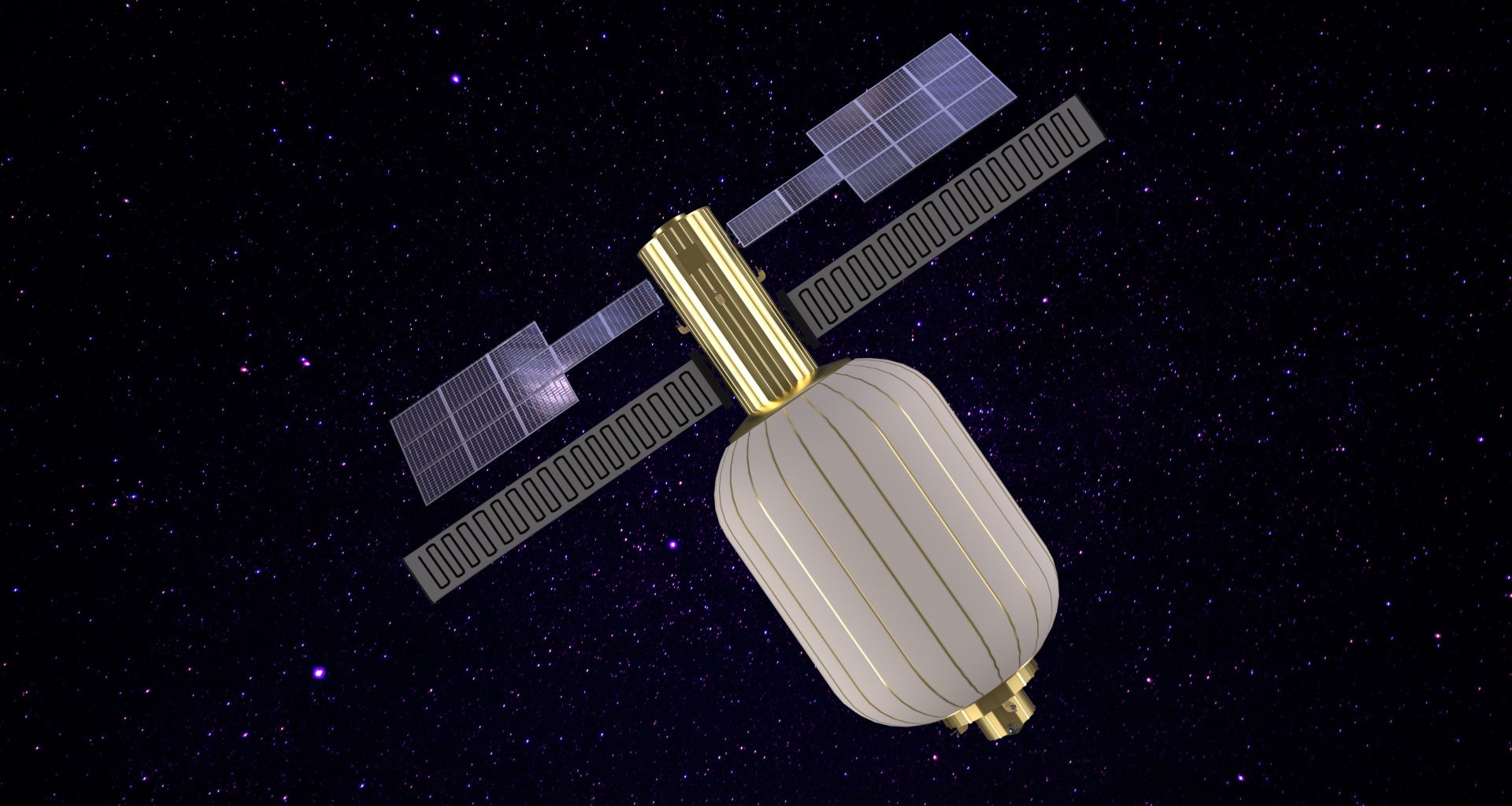Traditional habitable space structures face significant challenges in scalability and cost-efficiency due to their rigid designs, resulting in high launch costs and limited living space. This restricts their suitability for extended missions and large-scale space habitation efforts. Current solutions, exemplified by structures like the International Space Station (weighing 420,000 kg) or assembly projects requiring multiple launches over years, are economically burdensome, with total costs exceeding 155 billion USD. These limitations underscore the critical need for adaptable and cost-effective alternatives.
Introducing an innovative space habitat solution designed to accommodate 6 to 16 personnel, featuring an expandable shell that provides exceptional protection against orbital debris and radiation. This cutting-edge design is versatile, serving various purposes including space habitation, microgravity experiments, orbital logistics storage, and satellite maintenance and repair. Moreover, it extends its applications to Earth-based scenarios, supporting armed forces operations, space tourism, and terrestrial applications. With a forward-thinking approach, this adaptable habitat also holds promise for long-term lunar surface exploration.
In the rapidly evolving landscape of space exploration, the expandable shell space habitat emerges as a pivotal asset, accommodating a range of personnel while offering outstanding protection and versatility. Its adaptability meets diverse needs, from scientific research and logistics in space to strategic military operations and comfortable accommodations for space and Earth-based tourists. Beyond immediate applications, this innovative habitat represents a transformative solution poised to meet the dynamic demands of future space endeavors, including ambitious lunar exploration missions.

